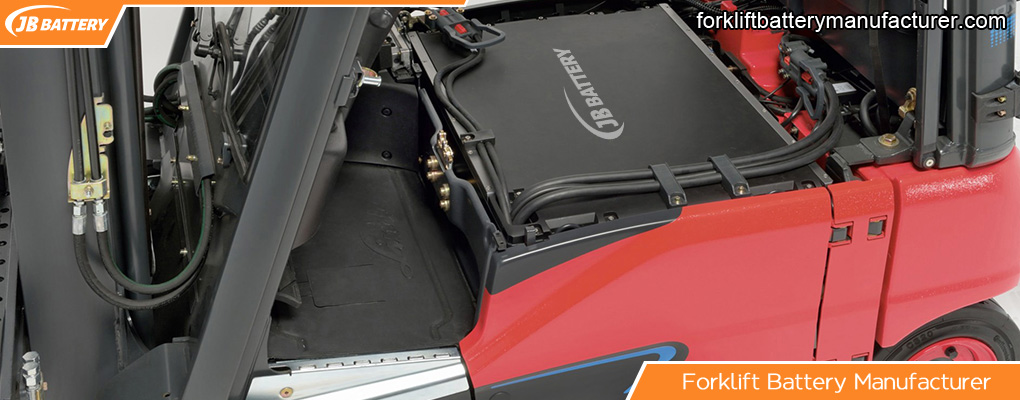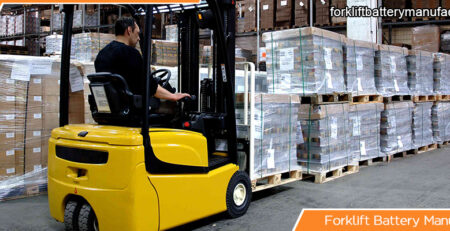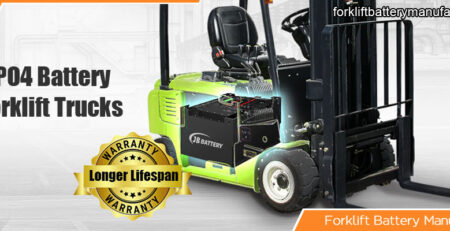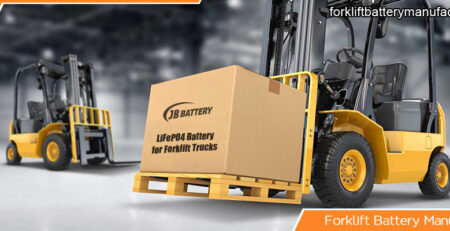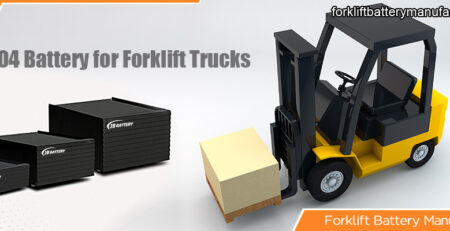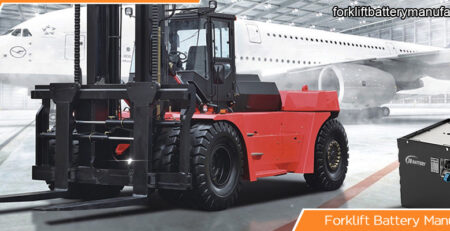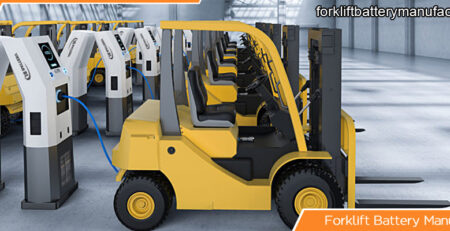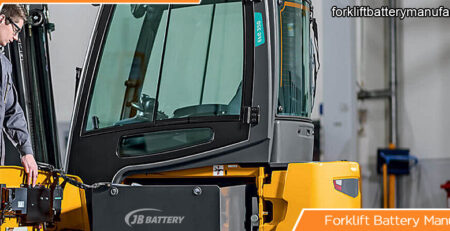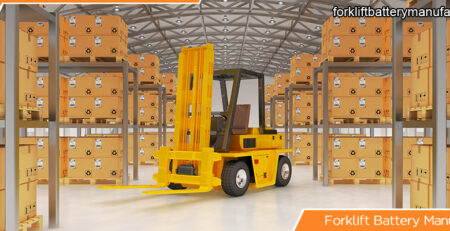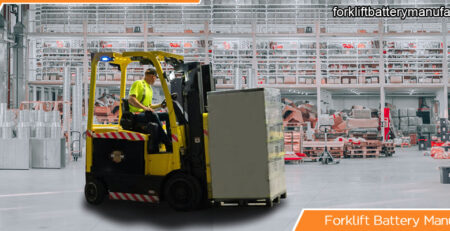Forklift battery weight chart and forklift battery size chart aiding you pick the right choice
Forklift battery weight chart and forklift battery size chart aiding you pick the right choice
Anyone who uses forklifts for operations understands how important it is to find the right one to help along the way. Most people don’t think about how the forklift battery weight affects the cost of operations.
It is important to explore the effects of battery weight and its impact on forklift operations. In addition, it is important to consider storage and the different needs of your equipment.
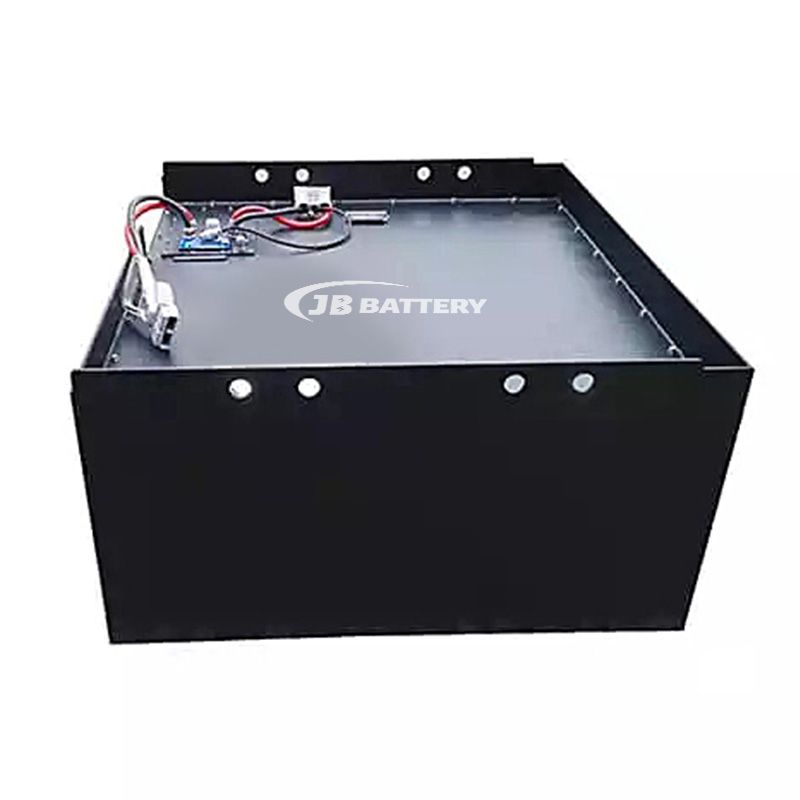
Importance of a weight chart
Using a forklift battery weight chart can help you make the right decision. Some big batteries can weigh a lot. The batteries usually depend on the forklift that they are intended to be used. Various factors usually determine the final weight of a battery. The voltage of the electric batteries is normally between 36v to 80 volts.
All the voltage options are meant for use in forklifts but are intended for different types of forklifts. If you understand the forklift battery weight chart, it is easy to see that the batteries tend to be heavier for the higher capacities and voltages. However, this also depends on very particular circumstances like the actual height of the battery and its width. This is to say that a battery that is 24volt and the heaviest in its category could very easily weigh more than a 36-volt battery considered to be the lightest.
Composition of the battery
A forklift battery weight chart can give important insight into the battery’s composition. It plays a very important role in the weight of a specific battery, either lithium-ion or lead acid batteries. This is because the technology behind each of the battery chemistries differs a lot, affecting the battery weight and the efficiency of the battery in question.
If you compare lead acid batteries and lithium-ion battery charts, you notice that the lead acid options weigh more. This is because they are filled with some liquid and have a removable top where you can maintain the water level. In addition, these batteries need a chemical reaction for electricity to be produced.
Lithium-ion batteries are newer and have different chemistries as well. In material handling, lithium iron phosphate is the popular choice. With this battery type, the battery pack tends to be compact and even more energy dense than the lead acid options. The cells are well sealed, and you don’t need any water for maintenance. The batteries under this category are lighter. Making a comparison using a forklift battery weight chart can help you calculate the differences, look at the forklift requirements on voltage and weight, and then make the right decision as appropriate.
Lithium batteries weight
The reason why lithium batteries tend to weigh less is that lithium is a light metal. Therefore, lithium-based batteries have a greater energy density, allowing them to weigh less and smaller than others. By checking the forklift battery weight chart, you can easily determine whether the lithium battery you are targeting is a suitable pick for your forklift based on its voltage and weight requirement.
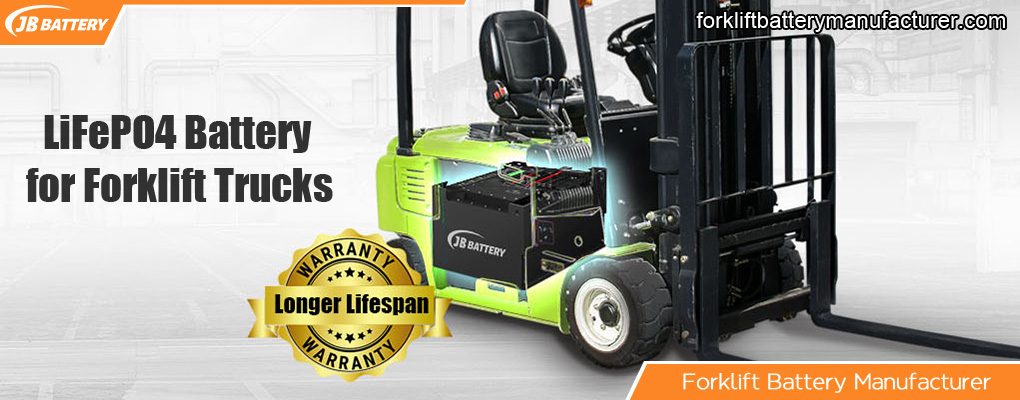
For more about forklift battery weight chart and forklift battery size chart aiding you pick the right choice,you can pay a visit to JB Battery China at https://www.forkliftbatterymanufacturer.com/2022/06/07/forklift-battery-size-chart-to-let-you-know-more-about-lithium-ion-forklift-battery-types/ for more info.

